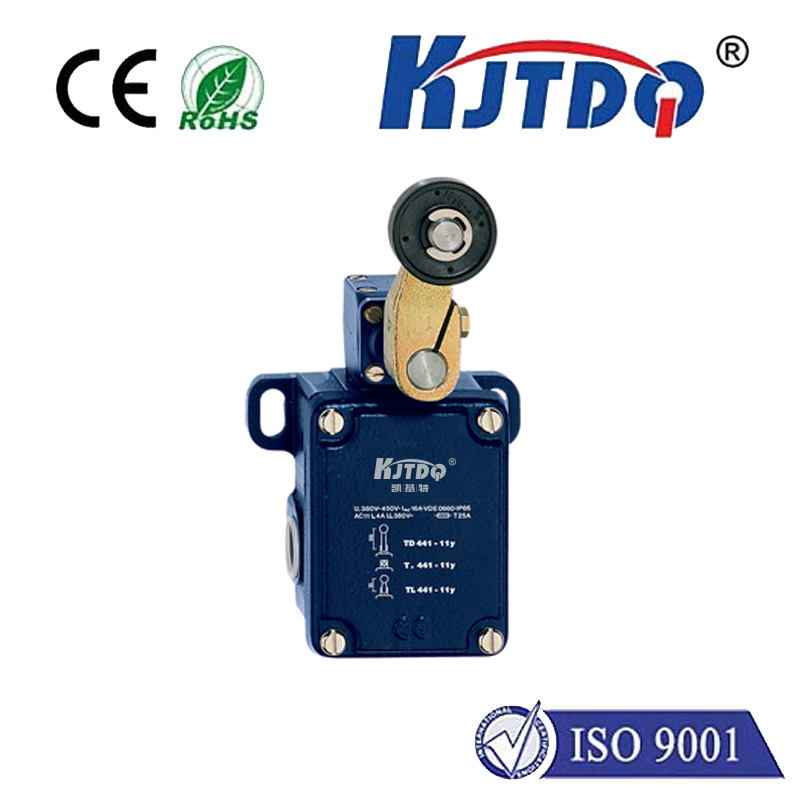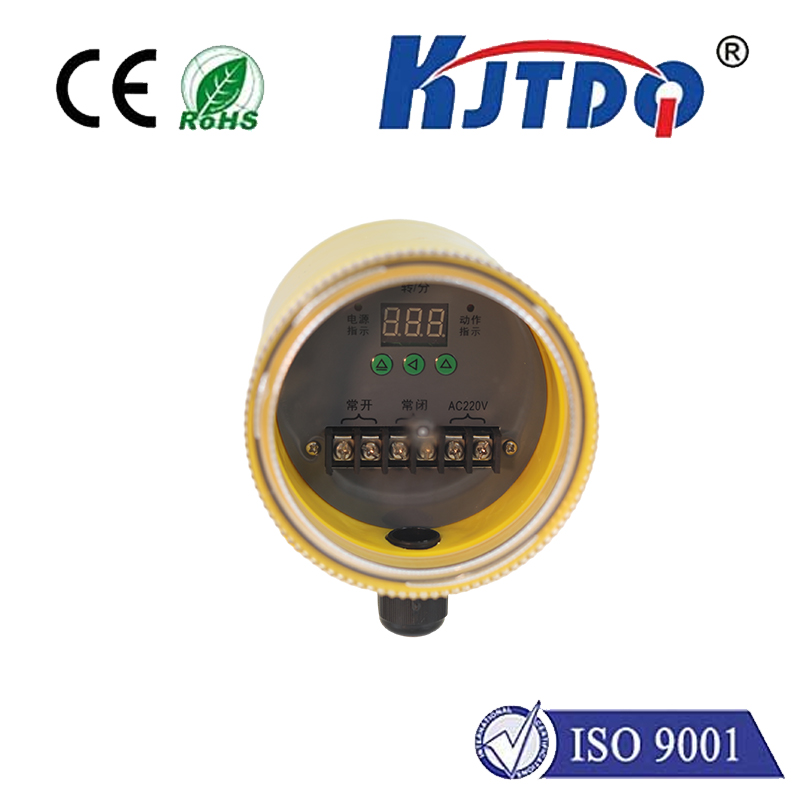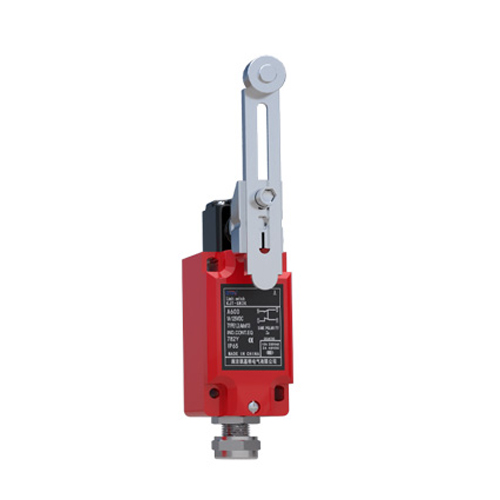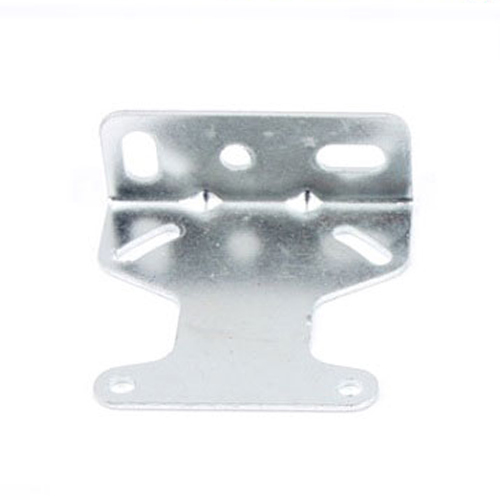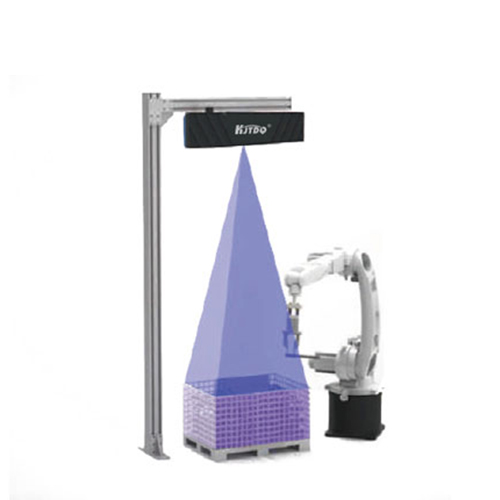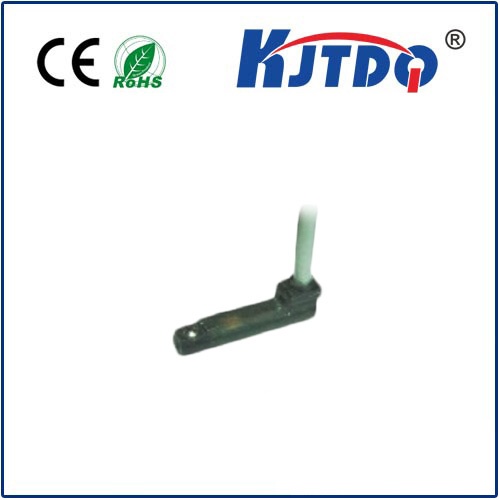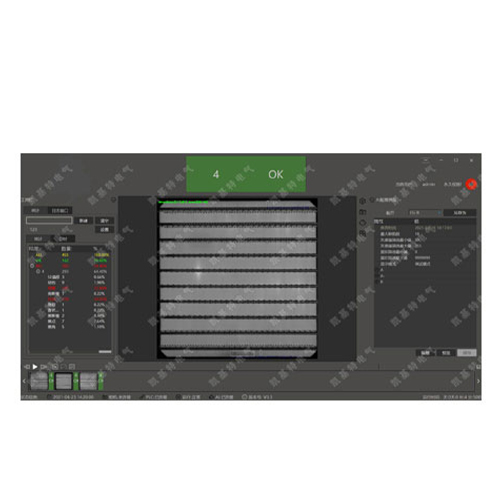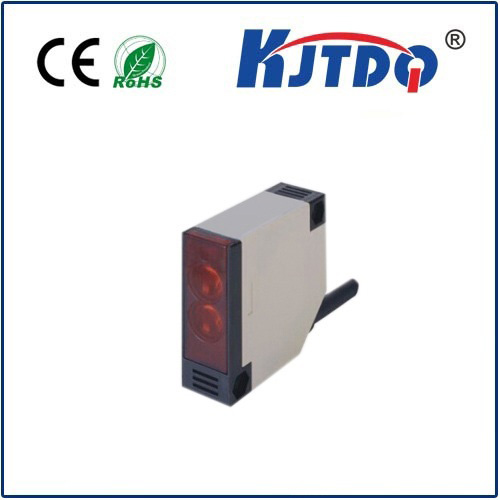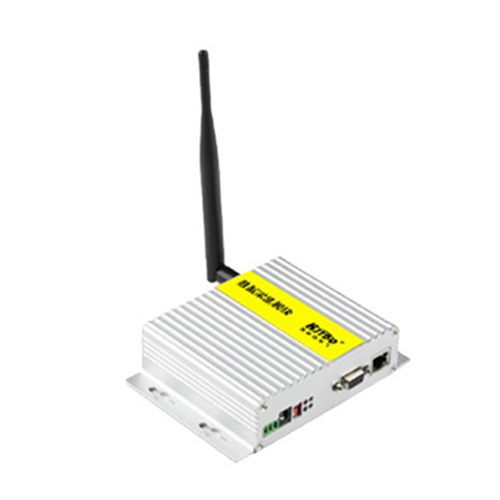

check

check

check

check

check

check

check

check

check

check
What if your robot could intuitively navigate obstacles, your vending machine reliably detected user presence without contact, or your prototype lamp activated with a simple wave? These everyday marvels owe much to a small but mighty component: the infrared (IR) proximity sensor. When precision, reliability, and ease of integration matter – particularly in educational settings and rapid prototyping – Digilent IR proximity sensors emerge as a standout solution. This guide delves into why these sensors are a frequent choice for engineers, educators, and hobbyists seeking robust distance detection.
Unlocking Non-Contact Sensing: The IR Principle
At its core, an IR proximity sensor operates on a simple, elegant principle. It features an IRED (Infrared Emitting Diode) that emits a beam of invisible infrared light. This light travels outward until it encounters an object within its detection range. Crucially, not all objects reflect light equally. The sensor incorporates a specialized photodetector (often a phototransistor or photodiode), calibrated to be highly sensitive to the specific wavelength of IR light emitted. When the reflected IR light hits this detector, it generates an electrical signal. The fundamental insight is that the intensity of the reflected light reaching the photodetector diminishes rapidly with increasing distance – typically following an inverse square relationship (Intensity ∝ 1/Distance²). By measuring this changing intensity, the sensor circuitry translates it into either:
This ability to detect objects without physical contact makes infrared proximity detection indispensable across countless applications, from collision avoidance to automatic faucets.
Why Digilent Stands Out: Engineered for Clarity and Integration

While many IR sensors exist on the market, Digilent has carved a niche by tailoring its offerings specifically towards educational clarity and prototyping efficiency. Their IR proximity sensors often incorporate features that demystify the sensing process and accelerate development:
Key Hardware Components: Inside the Sensor
Understanding the typical hardware inside a Digilent IR proximity module clarifies its operation:
Where Digilent IR Sensors Shine: Practical Applications
The combination of reliability, simplicity, and educational transparency makes Digilent IR proximity sensors ideal for:
Integration Powerhouse: Arduino & Beyond
One of the most significant advantages of the Digilent IR proximity sensor is its effortless integration. For instance, using it with an Arduino Uno exemplifies this:
digitalRead()). Object detected? Pin goes HIGH (or LOW, depending on configuration).analogRead()) to get a value between 0-1023 (on a 10-bit Arduino ADC). Calibrate by mapping values observed at known distances to understand the relationship. This provides finer-grained proximity data.This simplicity extends to Raspberry Pi (using GPIO libraries and its ADC), Digilent’s Analog Discovery oscilloscope/logic analyzers for signal visualization, or other MCU/FPGA platforms, making it a universal prototyping component.
The Educational Imperative: Learning by Sensing
Beyond mere functionality, Digilent IR proximity sensors serve as powerful pedagogical tools. They provide a tangible entry point into essential concepts:
By making the invisible (IR light) visible through clear housings and observable outputs, and providing excellent learning resources, Digilent empowers students to move beyond theory into **practical, hands-on electronics
